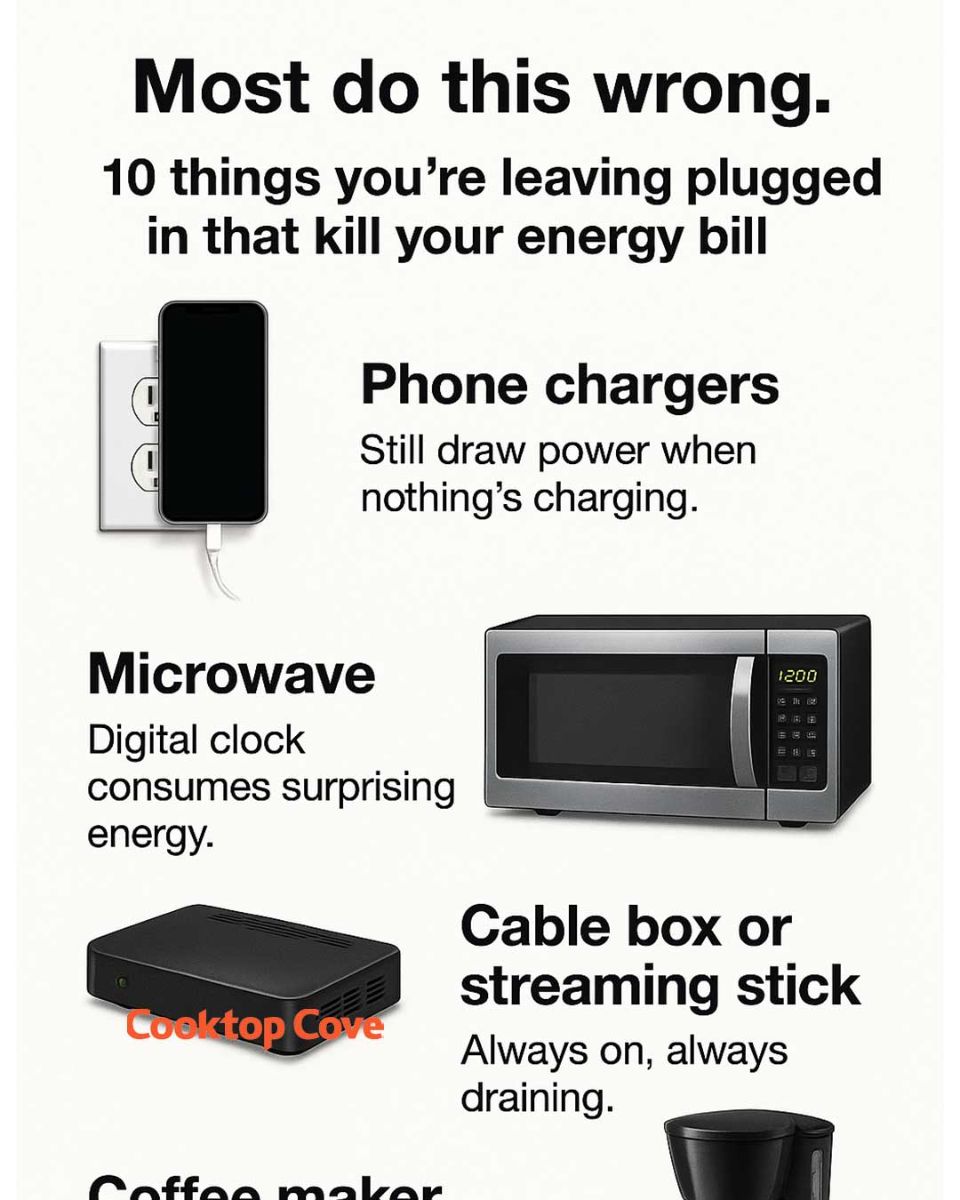Modern televisions, especially those with smart features, can consume a surprising amount of power even when turned off. Standby power usage can range from 1 to 10 watts, depending on the model and features. Over a year, this can add up to a significant amount of energy wasted. To combat this, unplug your TV when it’s not in use, or use a power strip to easily disconnect it along with other entertainment devices.
6. Computers and Laptops: Always On, Always Consuming
Computers and laptops are often left in sleep or standby mode, continuing to draw power even when not actively used. A desktop computer can use up to 21 watts in sleep mode, while laptops can consume around 2 watts. Over time, this can lead to a noticeable increase in your energy bill. To save energy, shut down your computer completely when not in use, or adjust the power settings to minimize energy consumption during inactivity.
7. Game Consoles: Playing with Your Power
Game consoles are another common source of standby power consumption. When left in standby mode, they can use between 1 to 10 watts, depending on the model and settings. This can add up to over 80 kilowatt-hours per year, costing you extra money. To reduce this impact, ensure your console is completely turned off when not in use, and consider using a power strip to easily disconnect it from the power source.
8. Printers: Printing Money on Your Energy Bill
Printers, especially those with fax or scanning capabilities, can consume power even when not in active use. A typical printer can use around 5 watts in standby mode. Over time, this can add up to a significant amount of wasted energy. To save on your energy bill, unplug your printer when it’s not needed, or use a power strip to easily cut power to it along with other office equipment.
9. Smart Speakers: Listening and Draining
Smart speakers, such as Amazon Echo or Google Home, are designed to be always on, listening for your voice commands. This convenience comes at a cost, as they can consume between 2 to 4 watts continuously. While this might not seem like much, it can add up over time, especially if you have multiple devices throughout your home. To reduce their impact, consider unplugging them when not needed, or use smart plugs to schedule their on and off times.
10. Electric Toothbrush Chargers: Small but Mighty
Electric toothbrush chargers are often overlooked as a source of phantom energy consumption. When left plugged in, they can use around 1 watt continuously. While this might seem insignificant, it’s an unnecessary expense that can be easily avoided by unplugging the charger when your toothbrush is fully charged. This simple action can help reduce your energy bill and contribute to a more sustainable lifestyle.
11. The Unseen Impact of Wi-Fi Routers
Wi-Fi routers are essential for maintaining a connected home, but they also consume power continuously. A typical router can use between 6 to 10 watts, which can add up to over 80 kilowatt-hours per year. While it’s not practical to unplug your router entirely, especially if you rely on it for smart home devices, you can reduce its impact by turning it off at night or when you’re away for extended periods. Alternatively, consider upgrading to a more energy-efficient model to minimize its energy consumption.
